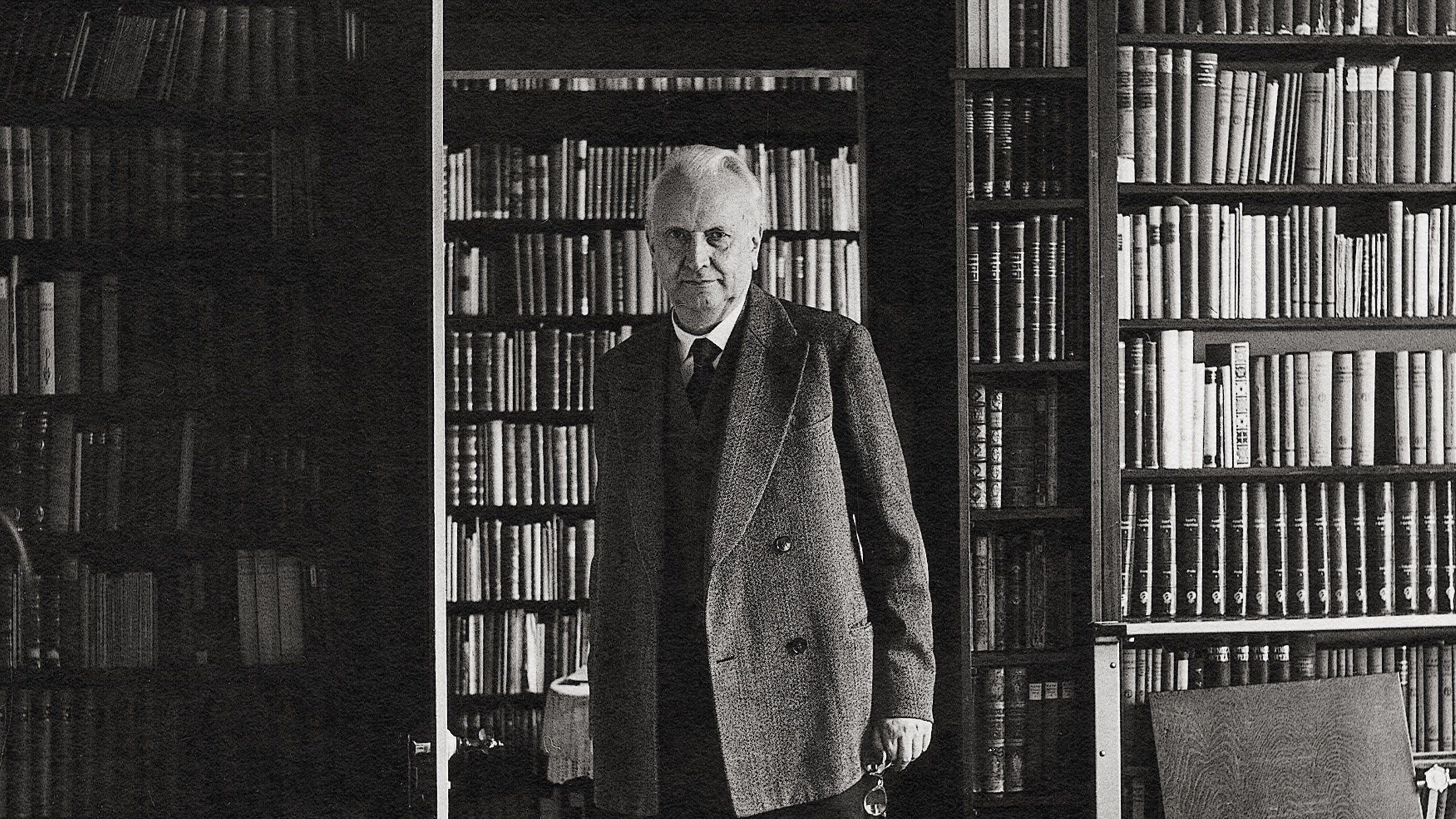Mark Kramer on the best and worst in the world of philanthropy.
Mark Kramer: There’s no question that some philanthropists are effective and, I hate to say it, but I would say that most are not if you define effectiveness as actually making a measurable difference on the social problem that you care about. The reason I believe is that most philanthropists are thinking about how do I give away money, who should I give money to, how do I respond to the request that come at me all the time; and they’re not thinking about how do you really solve a problem. When you begin to think about actually solving a problem and taking responsibility for all the different elements that need to be in place, it’s a very different process.
I’ll give you a couple of examples. One is a small foundation in Atlanta that we worked with called the Rockdale Foundation and in foundation terms, they’re extremely small -- they give away maybe half a million dollars a year -- and they decided that they wanted to promote microfinance in Palestinian territories in Arab countries. Back in ’99 when they started, there were only about 40,000 microfinance borrowers in Arab countries.
They could’ve given to a charity but instead, they sort of sat back and said what would you need to have as an infrastructure for a thriving microfinance enterprise? They found there’s a lot of materials about how to do microfinance; none of them were in Arabic so they hired translators to come translate materials. They found there was one small association of these microfinance lenders but it didn’t have much capital, people weren’t aware of it, so they organized an international conference and they provided technical assistance to this organization.
There’s a long list of things they did themselves, not just writing checks to a charity. What’s really striking is when they last looked in 2007 -- so it was about eight years after they started -- there were three million Arab microfinance borrowers. Instead of about a dozen small lenders, there were now almost 70 microfinance lenders active in these countries and this little umbrella organization they’d started with now had 18 major funders behind it and had achieved real scale. So we really can solve social problems or at least make a big difference on them, but only if we really tackle things in a realistic way that’s focused on solving the problem, not on giving away money.
Topic: How Tom Seibel solved the crystal meth problem
Mark Kramer: I can give you another example. Tom Seibel from Seibel Systems focused a few years ago on the meth problem and he focused in on Montana which had a very severe meth problem; it was the fifth worst state in the country in terms of meth use. It’s a terrible drug, it’s highly addictive and the primary users are 12 to 17 years old and it really can destroy a life if someone begins to use it in that age group. Back in 2005, Tom did some surveys around teenagers in Montana and he found that only about a quarter of them were aware of the risk. Two-thirds of them had been offered meth by a friend in the last six months. It was just so prevalent.
He said Montana is a small media market. There’s only a million people. What if we could really influence how teenagers think about this? So he hired J. Walter Thompson, he hired first rate advertising agencies. He did lots of focus groups of the audience he was trying to reach, these teenagers, and he saturated the market -- 45,000 television commercials in a year. His goal was that 80% of 12 to 17 year olds in Montana would have at least three media impressions a week of his anti-meth campaign. In two years, meth usage dropped by half and when they went back and surveyed again, 93% of kids in that age group were aware of the risk, 80% said their friends would give them a hard time if they ever tried meth. They changed the culture.
Again, there wasn’t a charity he gave to. He figured out how can I solve a problem and bring enough resources to bear to really make a difference on that issue.
Recorded June 4, 2008.





